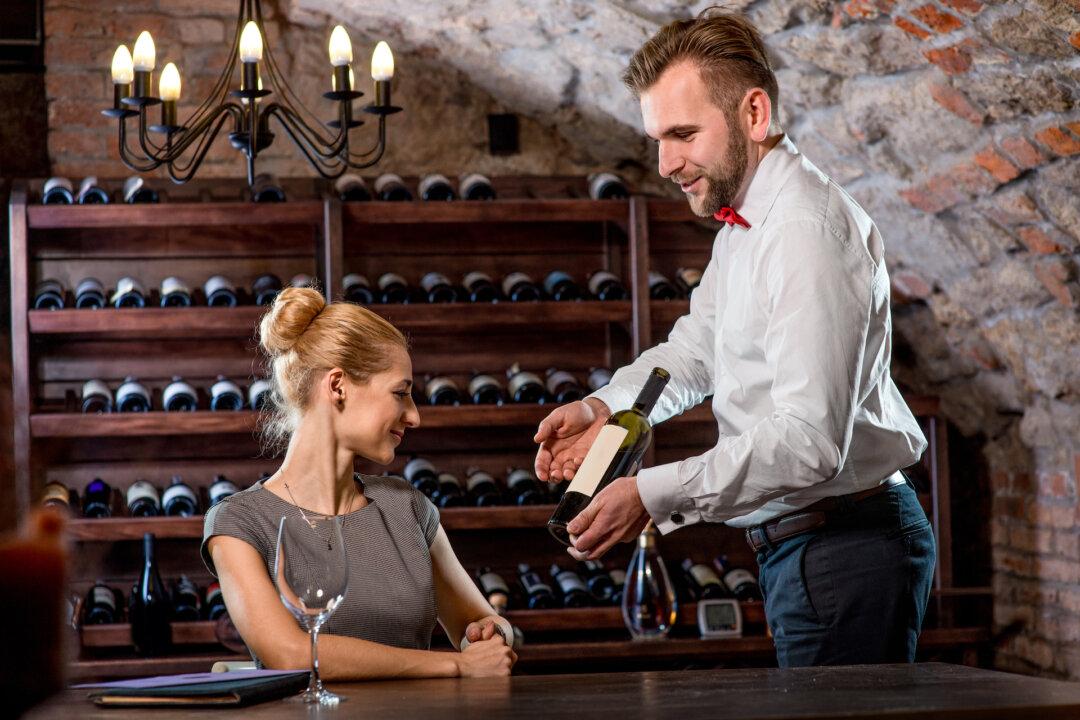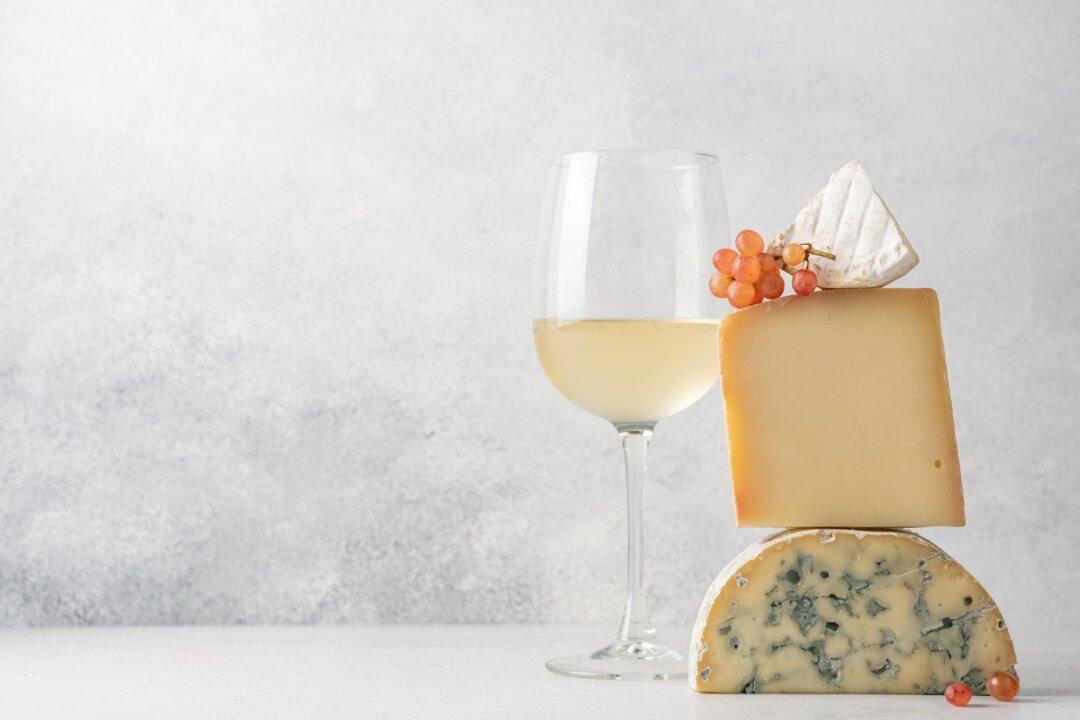When we want to avoid cooking to keep the kitchen cool, dry rosé wines are among the most perfect hot-weather refreshments to accompany salads and other uncooked summer meals.
Memorial Day is the unofficial beginning of summer, so today we look at pink wines, which have been, for roughly the last decade, all the rage among U.S. wine lovers. The most popular versions today are not the sickly-sweet pink wines that once left many Americans believing that anything pink was awful.
That was the case 50 years ago. So much of the pink wine we made then (almost all of it!) wasn’t dry at all but was cloying and didn’t work with food.
It wasn’t until about 1980 that we began to see California winemakers make lighter, more elegant, drier styles of pink. Among those efforts was a delicate wine made by Sutter Home in Napa called white zinfandel, which originally was dry.
That wine really didn’t catch on with Americans until one version actually was released with a slight amount of sugar. It took another few years before anyone locally made a seriously dry one.
That was never the case in the south of France, where dry rosés have long been part of the culture. The darker pink wines from a district called Tavel were some of the first to make a real impact in the United States.
However, most of those wines were available largely on the east coast of the United States. Elsewhere, the French dry rosé wines were barely a rumor.
There are several ways to make dry rosés. I believe the best is when grapes are harvested early enough to capture the bright, aromatic perfumes that are hard to capture from later-ripened fruit.
Industry people refer to this technique as “direct-to-press” pink wines. Such products often are lighter in color than several other techniques used to make rosé. Direct-to-press rosés typically are made from grape varieties like grenache, pinot noir, syrah, cinsault, cabernet franc, and sangiovese.
The best of these normally have 12 percent alcohol and they can be flavorful with the emphasis on crisp acidity.
Another technique often used to make pink wine is called “saignee” (san-yay), a French term that refers to bleeding. It’s normally applied to dark-colored grapes that are intended to make red wines darker by bleeding off juice from a fermentation vat.
The less juice that’s in a fermentation tank in relation to the percentage of grape skins, the darker the wine becomes. So when winemakers want to make a dark red wine, they can resort to “bleeding off” some of the liquid in the red wine vat.
The red wine becomes darker, and the removed liquid is turned into pink.
In saignee, grapes are harvested to make red wine, so alcohols tend to be higher. When you see a rosé with 14 percent alcohol or more, chances are the wine was made by saignee, which often results in a much richer-bodied wine.
Provence in the south of France makes a huge amount of dry rosé wines, almost all of it produced by the direct-to- press method. Today it’s possible to find dozens of them on store shelves nationally.
Because dry rosé often doesn’t age well, it’s best to look for wines from the 2022 vintage, which should be fresh and fruity. Well-stored bottles from 2021 probably are still fine to consume, but I'd steer clear of anything from prior years.
Wine of the Week
2022 Masseria Li Veli Salento Rosato “Torrerose,” IGT ($17): The feudal system that dominated Italy decades ago began to collapse in the 16th century.Included in reforms was construction of what amounts to communes for impoverished vineyard and winery workers. These Masseria eventually fell into disrepair, but Li Veli in Puglia was restored and remains a top-rate modern winery. This completely dry, medium-bodied pink wine is made from Negroamaro, a local tart red grape. It works nicely with barbecued sausages. Only 12 percent alcohol. Imported by Dalla Valle, Napa, California.





